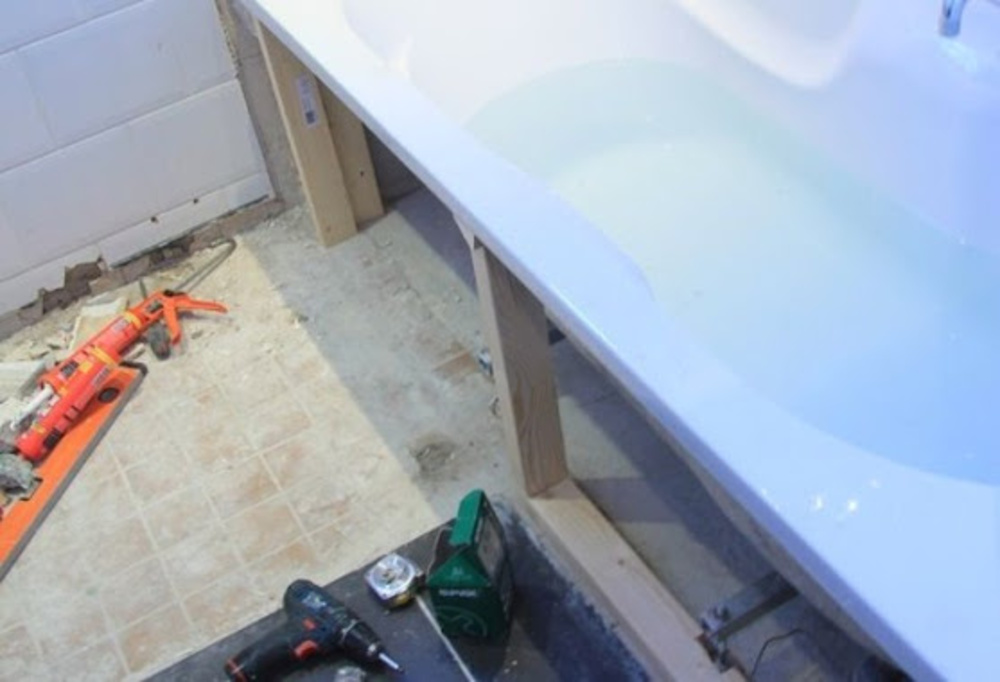3 Things To Consider When Installing A New Bathtub On The Second Floor
Written by Artisan Contracting on August 22, 2016

1. Budget
For people who are fitting or re-furbishing their bathroom, there are a range of bathtub options available to them. Firstly, of course you don’t actually have to have a bathtub, many people live only taking showers, and they can be economic on the amount of water used and the amount of time spent washing yourself.
There is, however, something nice about enjoying a bath every now and then. To be able to relax a tired body, enjoy a long soak, or even wash children or pets is much easier done in a bathtub and it is nice to have the option of either a bath or a shower.
If you have decided that you want to fit a bathtub, you then need to decide if you want a fitted tub, or a stand-alone. This decision will mainly depend on personal taste and budget.
2. Bathtub Weight
There are a few things which need to considered when you are thinking about fitting a new bathtub. Once you have decided what kind of tub you would like, you need to make sure that you have sufficient plumbing (and in the right place) as well as checking that the floor is adequately strong to withhold the weight of your bathtub, the weight of the water, and of course the weight of a person. Especially for people with older houses, this can be a particular concern.
Traditionally bathroom floors are built to withstand the pressure of an average bathtub (full), but in some cases the floor can be weak, or if you are looking at getting a larger tub, you might need to look into reinforcing the flooring.
3. Reinforcing Flooring
The most common way to reinforce a bathroom floor is to double the joists. This means that where you had one joist before, you would now have two. You need to think about plumbing at the same time, because it is likely that they will need to occupy some of the same space.
Whilst you have the floor up, it is recommended that you also check the existing joists that you have. As we know, bathrooms involve water and water can be very destructive to wood, causing rot and weakening it. Check the existing joists to ensure that there is no rot or weakness, and if you find a problem, it is well worth replacing it at the time to avoid potential issues in the future.
When it comes to fitting a new bathtub, in the majority of cases, the bathroom floor that you already have will be perfectly adequate, even if you are planning on fitting a cast iron tub. If, however, you suspect an issue with the joists, or your house is an older one, it is worth getting in touch with a professional who will be able to look more closely for you, and recommend whether they believe that you will need to reinforce the floor.

Download our free design process guide
Download our free design process guide to learn about the Artisan Process and get your renovation started.
For more information about reinforcing bathroom floors, get In Touch with Artisan Contracting today!
Request a Free Consultation

